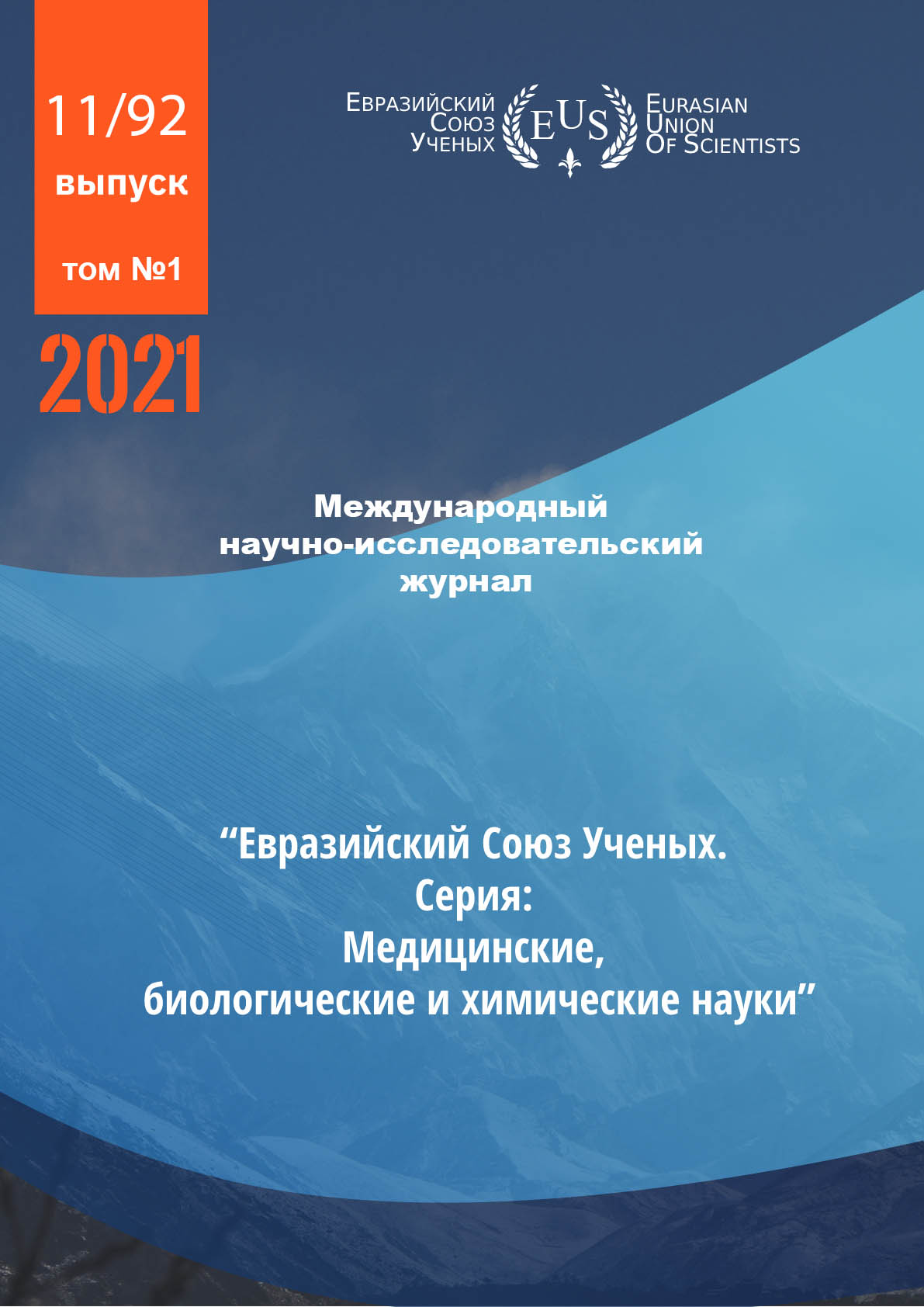INTEGRAL EVALUATION OF THE 6-MINUTE WALK TEST IN PATIENTS WITH RESPIRATORY PATHOLOGY
Abstract
Abstract. One of the important manifestations of most chronic pulmonary diseases is a shortness of breath, which, in turn, becomes the main reason for the restability of physical exertion. A decrease in physical tolerance in patients suffering from chronic pulmonary diseases is due to the inability of the body to provide the necessary flow of oxygen during the load, and in the clinical terms - with the impossibility of the patient to carry out that physical work that could be performed earlier. Among the methods for estimating the tolerability of physical loads, cardiopulmonary testing on the bikergometr, tredmil, which requires the mandatory presence of a doctor, which is not always possible in the outpatient conditions. A number of work shows sufficient efficiency for the diagnostic of the patient's condition and the use of load portability to use for this purpose a 6-minute walk. This is a walking speed in an arbitrary pace for 6 minutes. The result of the test is the distance that the patient can quickly go through a smooth solid surface for 6 minutes. The distance traveled in a 6-minute walk test is prognostic in many diseases, including COPD. This article is estimated to be an integrated assessment of a 6-minute walk test using a dynamic pulse oximetry , whichexpands the diagnostic capabilities of load testing. It has been shown that in parallel increasing the severity of shortness of breath in patients decreases the saturation of oxygen with gradual restoration alone. In the control group, despite comparable with sickness patient with COPD, the oxygen saturation estimated on the Borg scale did not change. A comprehensive test assessment of a 6-minute walk will help to facility the effectiveness of therapeutic and preventive measures to patients with COPD.
References
Chuchalin A.G. Odyshka: patofiziologicheskie i klinicheskie aspekty. // Terapevticheskij arhiv.– 2005. – T.77, № 3, S.5-14;[Chuchalin A. G. Shortness of breath: pathophysiological and clinical aspects. // Therapeutic archive.– 2005. –V.77. N 3. P.5-14
Mosterd A, Hoes AW. Clinical epidemiology of heart failure. Heart.2007;93 (9):1137–46.
Hronicheskaya serdechnaya nedostatochnost (HSN).Klinicheskie rekomendacii 2016. С.1-92. [Chronic heart failure (CHF).Clinical recommendations. 2016. P. 1-92].
Chikina S.Yu. Rol testa s 6-minutnoj hodboj v vedenii bolnyh s bronholegochnymi zabolevaniyami//Prakticheskaya pulmonologiya.-2015.- № 4.- S. 34-38 [Chikina S.Yu. The role of the 6-minute walking test in the management of patients with bronchopulmonary diseases// Practical pulmonology.- 2015.- No. 4.- P. 34-38 ]
ATS statement: guidelines for the six-minute walk test // Am. J. Respir. Crit. Care Med. - 2002. - Vol. 166. - P. 111-117
Beriault K., Carpentier A.C., Gagnon C. et al. Reproducibility of the 6-minute walk test in obese adults. // Int. J. Sports Med. - 2009. - №7. P. 12-18
Casanova C., Cote C.G., Martin J.M. et al. The 6- min walking distance: long-term follow-up in patients with COPD. // Eur. Respir. J. - 2007. - Vol. 29. - P. 535-540.
Puhan M.A., Mador M.J., Held U. et al. Interpretation of treatment changes in 6-minute walk distance in patients with COPD // Eur. Respir. J. - 2008. - Vol. 32. - P. 637-643.
Hamilton D.M., Haennel R.G. Validity and reliability of the 6-minute walk test in a cardiac rehabilitation population // J. Cardiopulm. Rehabil. - 2000. - Vol. 20. - №3. - P.156-164.
CC BY-ND
A work licensed in this way allows the following:
1. The freedom to use and perform the work: The licensee must be allowed to make any use, private or public, of the work.
2. The freedom to study the work and apply the information: The licensee must be allowed to examine the work and to use the knowledge gained from the work in any way. The license may not, for example, restrict "reverse engineering."
2. The freedom to redistribute copies: Copies may be sold, swapped or given away for free, in the same form as the original.







